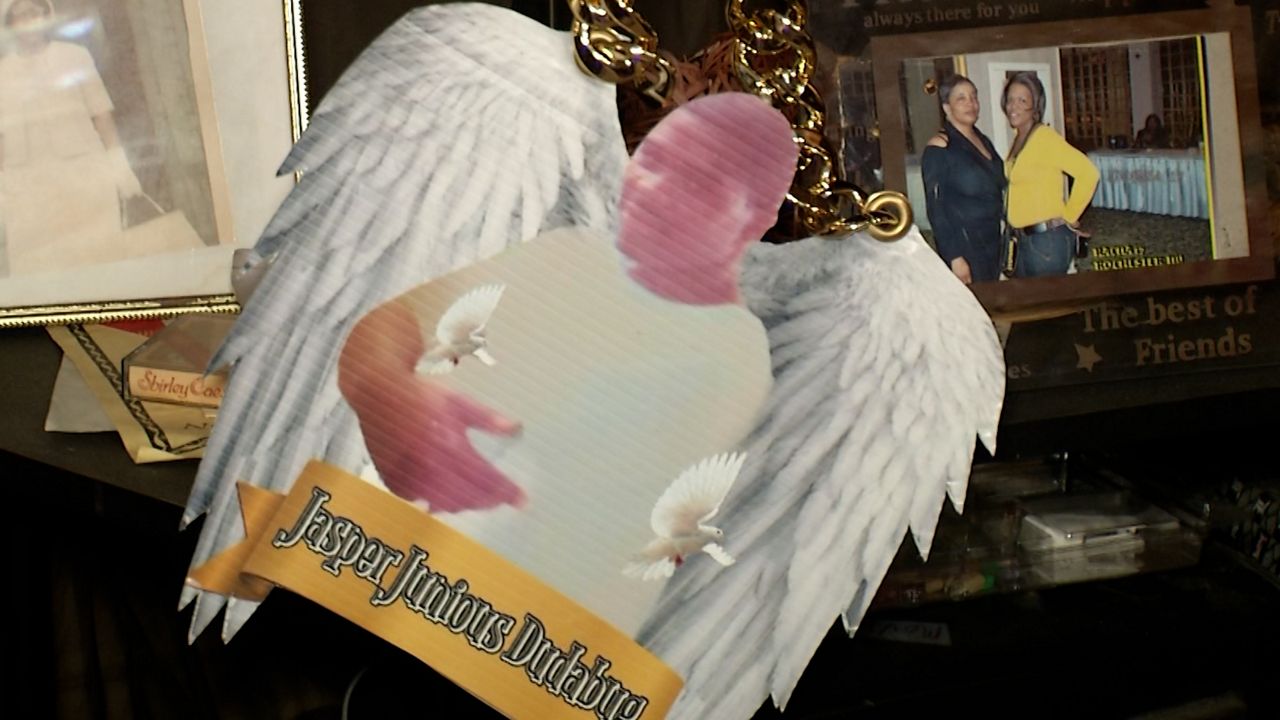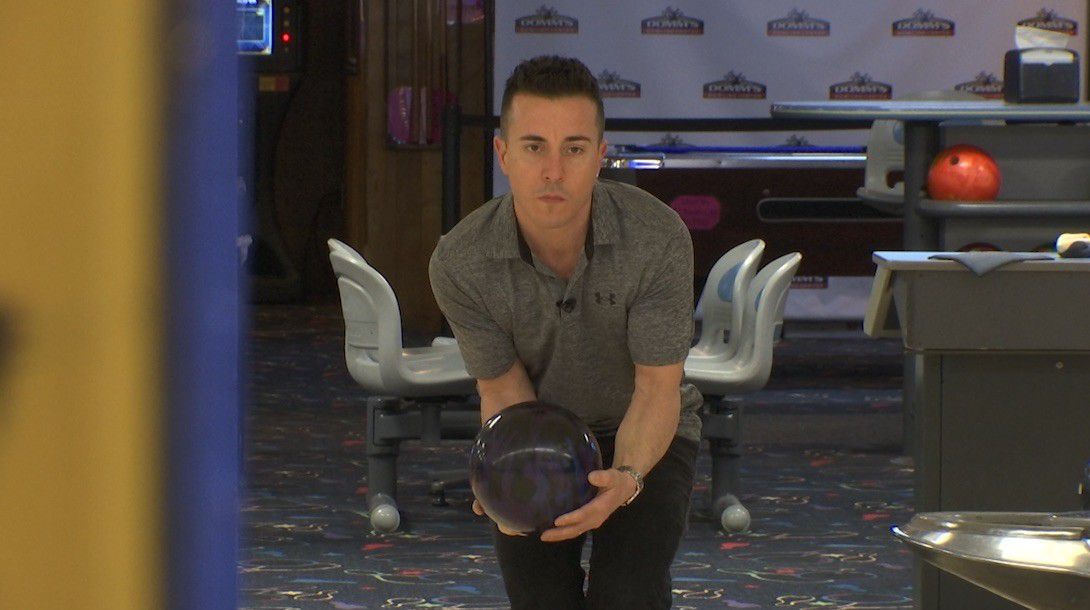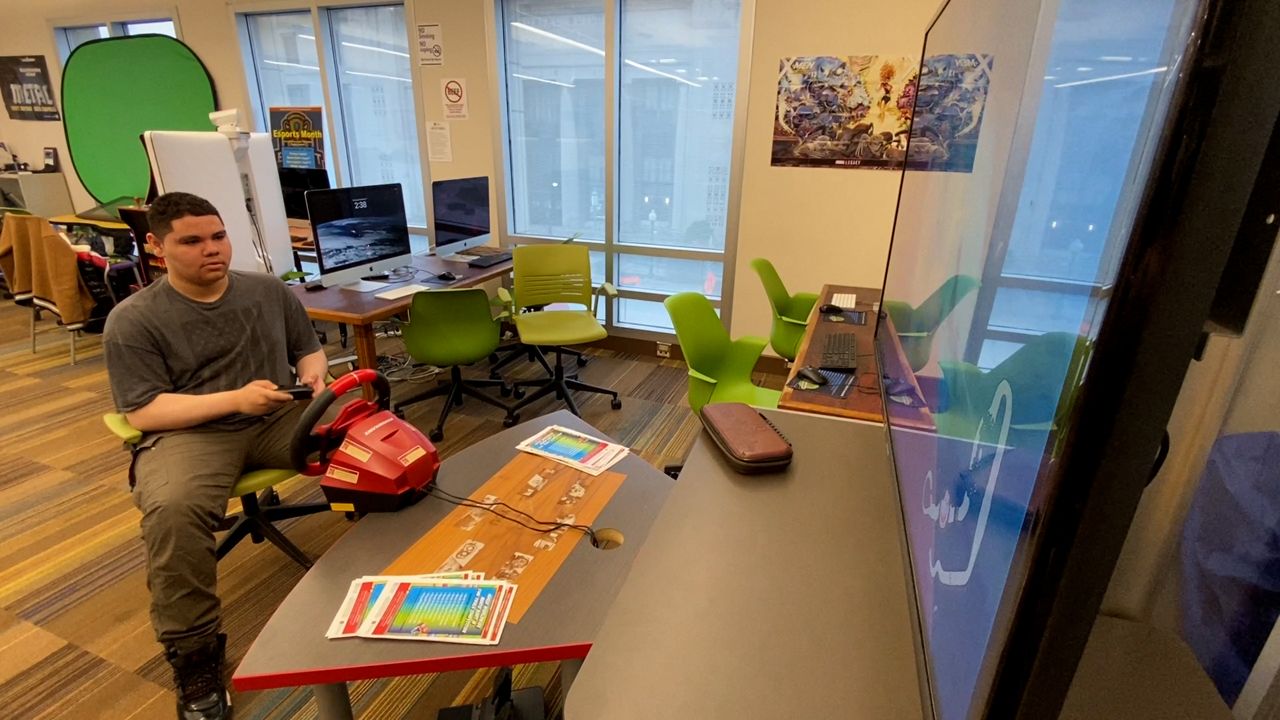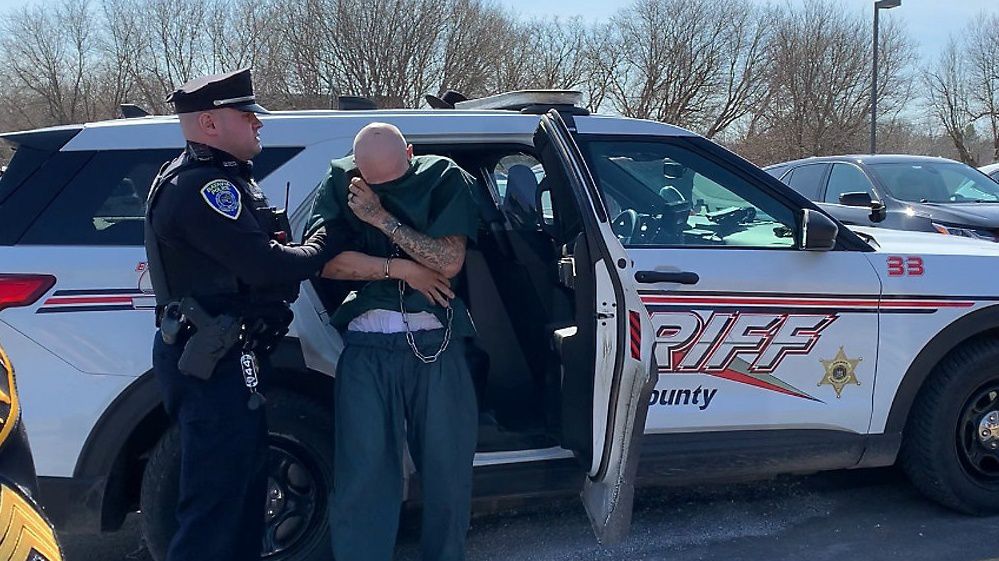ROCHESTER, N.Y. — According to The World Health Organization, an estimated 619 million people live with chronic lower back pain. Of those, about one in six are suffering from vertebrogenic pain — a lesser-known back pain caused by damage to the vertebral endplates.
New technology is on top of it so busy moms like Chelsey Town can get back to their everyday lives.
“We have to do laundry every day,” she laughed.
Two baskets of laundry used to be a challenge, but not like some parents might think.
“Bending like this, I wasn’t able to do,” Town demonstrated. “As the basket goes down further, I go down further.”
As a 39-year-old, she’s lived with chronic lower back pain since 2016.
“It was stark, stab, sharp all the time with a burning infestation in it. And it felt like somebody was taking a screw and twisting it inside my back to where everything was feeling like it was being pulled out at the end. It hurt. I was in tears some days,” Town explained. “To the point that I would fall over. And that I couldn’t get back up and I was stuck there until somebody came home to help me up.”
Sounds something like Dr. Adem Aktas knows a lot about.
“I deal with and manage nonoperative spine pain from the neck all the way down to the lower back, and I treat them from things as simple as acute injuries to some more chronic problems. Anything up to surgery,” he said.
Dr. Aktas is an interventional spine physician in the Physical Medicine and Rehabilitation Department at the University of Rochester Medical Center. He’s currently the only doctor West of Syracuse who performs the Intracept Procedure.
“The Intracept Procedure, or vertebral nerve radio frequency ablation is a minimal invasive procedure. Takes about an hour to do hour or two to do it's, same day procedure. So they leave the same way they came in. And we're not changing you. We're not changing or affecting your spine. We are using heat to destroy a sensory nerve in a vertebra that is, the suspected, pain generator for people with chronic low back pain. So it's a it's a great additional tool that we have, to try and help patients for a very common problem,” he explained.
There are roughly three to four of the procedures done every month. Candidates for the non-invasive procedure have lived with chronic lower back pain for quite some time, with little to no relief.
“The requirements are chronic low back pain. You've tried and failed greater than six months of conservative efforts of, non-operative care, spinal injections, physical therapy, acupuncture, chiropractic, and you name it, medication use. And then a very characteristic MRI finding that would lead you to being a candidate for this procedure,” Dr Aktas said.
Town had the procedure back in May. It was almost an immediate relief for her.
“I was impressed by the recovery, are you kidding me? I’m able to go upstairs, play with the kids outside, go on a boat,” she said. “The next day, coming home from the store, being in the car for like three hours, I had no pain. Usually after sitting in the car for 10 minutes, I'm ready to get out. I was shocked. Seriously shocked. Couldn't believe it was painless. I was able to sit down properly, put my legs up properly, wouldn't have to be in bed all the time with the heating pad. I was able to use ice again.”
Patients usually see a difference in their pain levels between two and three months after the procedure. Town says Dr. Aktas is impressed with her recovery time. She’s also feeling a big difference.
“It’s unbelievable to be able to bend down, squat, stay down there in that position for a while and not faint or feel like I had it, because you’re in so much pain from trying to tie your son’s shoe. Going up and down stairs, it was hard for me,” she explained. “Ever since the procedure, I’m able to go up and down the stairs without even stopping. It’s not an issue for me anymore. I'm not falling. I don't feel like I feel lightheaded or dizzy from the pain anymore.”
“It's giving people back function. It's giving them back their autonomy, their lives. A lot of people who are plagued with low back pain, can really affect their activities of daily living pretty, pretty significantly,” Dr. Aktas explained. “There's nothing better than when you you find something, you have the right diagnosis, and you've, employed the appropriate tool. And patients are getting better and returning to what they want to do.”
For Town, it’s getting back to the laundry, among other much more entertaining activities.
“I didn’t feel lightheaded going down like that. And usually when I’m doing standing up for this song, doing laundry, folding, I’m already in too much pain, ready to faint,” she explained. “I've been standing for more than 10 minutes, and I'm able to say, 'OK, I'm ready to just keep going again.' I have the energy. I originally couldn't keep up with the energy. I didn't have the energy to do anything. All I wanted to do was to sit there and do nothing, or I was confined to my room and my back because I could do is lay down with a heating pad.”
She gets to enjoy raising her children again.
“Because of this surgery, my opportunities are widened. Because I'm able to do more,” she smiled. “It was a miracle.”










